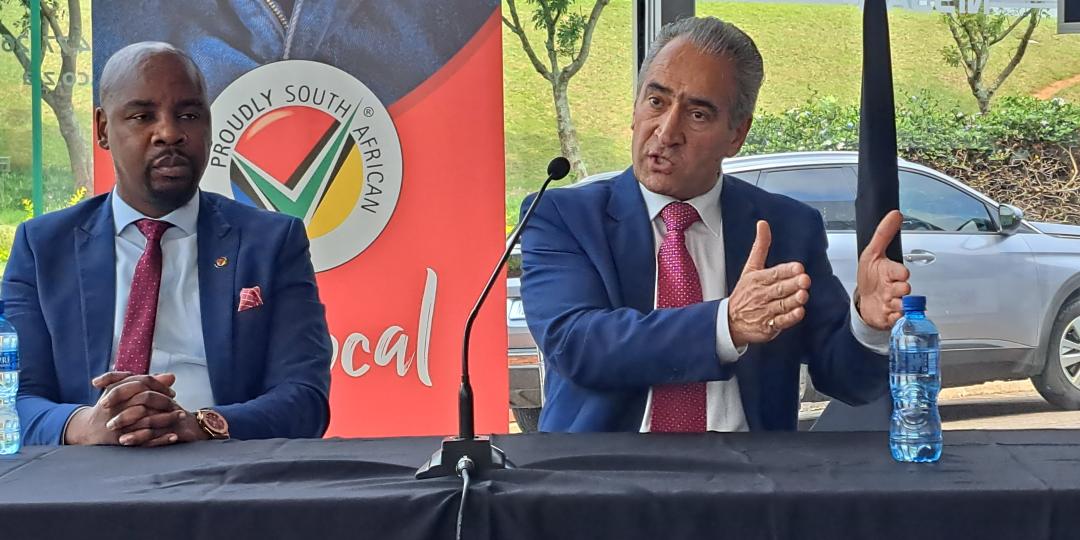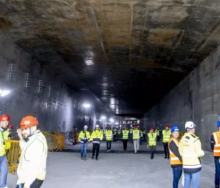A groundbreaking analysis of South Africa’s manufacturing sector shows that if more consumers buy local products, this will lead to job creation and economic growth.
Proudly SA commissioned the Pan-African Investment & Research Services team, led by economist Dr Iraj Abedian, to produce the Revitalising SA’s Manufacturing Sector report.
Abedian shared highlights of the 60-page study, which analyses the local manufacturing industry to quantify its contribution to the economy, at a localisation roadshow in Umhlanga in Kwazulu-Natal on Friday.
The report is the third in a series of research papers that identifies the sector’s potential to boost the country’s development, especially on the back of the Covid-19 pandemic and other pre-existing challenges.
They found that a process of deglobalisation was at play, partly driven by ongoing global supply chain disruptions, highlighting the need for increased localisation as a means of expansion, security, and survival for specific industries.
According to the study, manufacturing has been credited for being a key driver of higher-value job creation and an increase in living standards. Manufacturing contributed 13% to GDP in 2021, with a Gross Value Added (GVA) of R523 billion, although its contribution to GDP is among the lowest when compared to its emerging market counterparts.
However, Abedian said the manufacturing sector had been on the decline and it was important to halt the demise to achieve economic growth.
In 2019 an average of 1.8 million people were employed in the sector, but this declined to 1.4m in 2021.
“It’s no secret our manufacturing sector has been on the decline…and we need to arrest it. It is shedding employment. The digital disruption means everything has become less labour-intensive, and a lot more automated and efficient,” he said.
However, he added that manufacturing jobs were no longer as low paid as they had been 30 years ago.
“The average pay and skill of those involved in manufacturing have risen significantly, the jobs are a lot more skilled, operations are a lot more capital intensive, and jobs are better paid.”
He said research showed that every manufacturing job supported two to three jobs in other sectors.
The report includes investment scenarios showing that a mere 10% increase in investment spending in the manufacturing sector could lead, in the medium term, to 13% GDP growth, 8% more jobs created, 8.3% overall boost to investment across the economy, and a 9% jump in tax revenues.
Calculations of actual numbers of jobs created across all skill levels reveal potential medium-term gains of 75 300 new jobs in manufacturing, 11 500 in mining and 10 100 in agriculture.
The report shows that local procurement plays a vital role in the local manufacturing sector and could help bolster the struggling industry.
Proudly SA CEO Eustace Mashimbye said: “The study confirms what we’ve always said – that we can’t downplay the economic impact of localisation. It gives us a clear sense of what impact there’d be if we started buying local. If you look at the data we’ve now got, it’s a no-brainer.
“We are constantly challenged by naysayers who tell us we must focus only on those industries where we have a competitive advantage, and not worry about localisation. These research findings show that we can turn things around by utilising the buying power at our disposal,” Mashimbye said.
Abedian added that localisation had become sensible economically, not just socially and politically.
“Manufacturing in SA has huge potential, and SMEs are at the centre of this as the creators of jobs and opportunities. If the government listens and engages more with SMEs, sector by sector, region by region, we can get manufacturing revitalised.”













